ISRO’s First Launch Pad to Mangalyaan: 10 Historic Photos From Our Space Adventure
As these iconic snapshots show, the sky has never been the limit for ISRO and its valiant heroes!
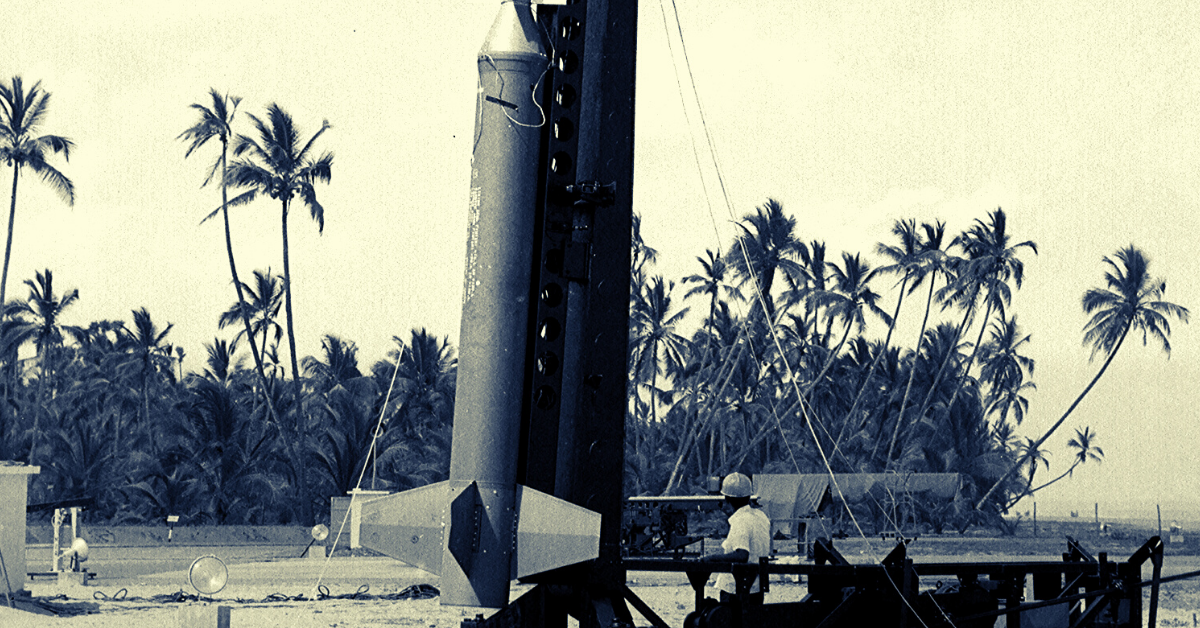
Sixty years ago, in a fishing village called Thumba in Kerala, a handful of scientists and engineers converted a church into a space lab. And thus began India’s space saga. The Indian Space Research Organisation (ISRO) has come a long way since. And to tell the story of its glorious journey, three former ISRO scientists – Dr Manoranjan Rao, Dr Suresh, and Dr Balagangadharan recently brought out a coffee table book filled with iconic pictures from its archives.
To give you a glimpse, here are 10 photographs from the book—Ever Upwards: ISRO in Images.
1. Nike-Apache on the launchpad
Thumba had the special geographical advantage of lying close to the magnetic equator. Vikram Sarabhai realised that the electrojet found above the magnetic equator could be the perfect subject of study to kickstart India’s space program.
And so, a station was set up in Thumba. On 21 November 1963, Nike-Apache took off from Thumba. It was a sounding rocket, i.e. a rocket carrying measuring instruments.
It is seen in this image on the launch pad at Thumba beach.

2. YJ Rao shows Sarabhai the RH-75
RH-75 was the first indigenous rocket made by ISRO using easily available aluminium alloy tubes bought from the market! RH stands for Rohini and 75 refers to the diameter of the rocket in millimetres.
Here, Vikram Sarabhai, the father of India’s space program, is with YJ Rao (wearing spectacles), examining the RH-75
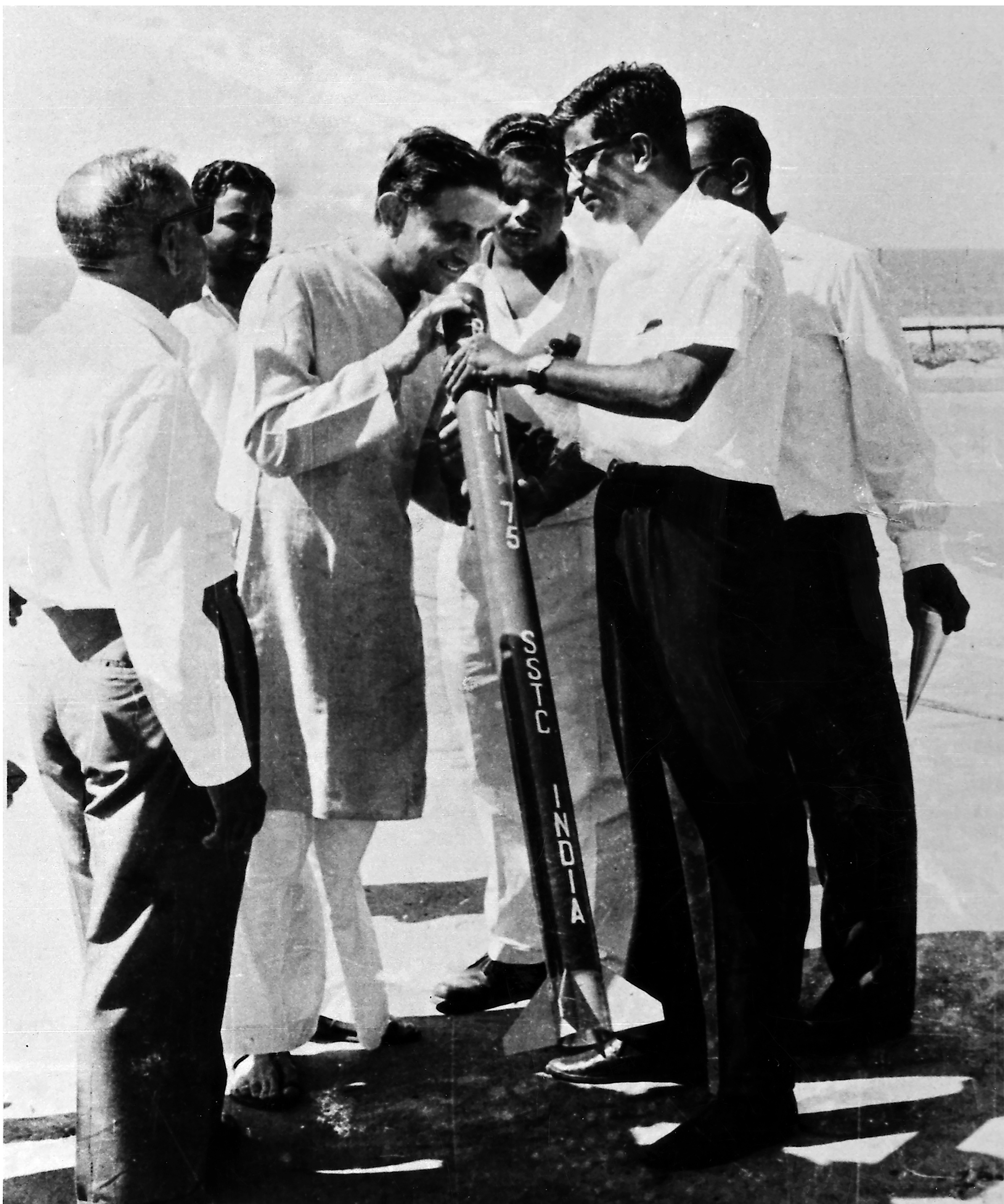
3. RH-75 in flight
As the authors themselves say in the book, the RH-75 was not much more than a glorified Deepavali rocket but it was the beginning of indigenous rocketry in India. The origins of all our advanced satellite launch vehicles can be traced to the humble RH-75.

For a great ice-breaker or some quality time with friends and family, check out this unique collection of vintage board games.
4. Dhawan, Kalam, and Srinivasan
After Sarabhai’s unexpected death, Satish Dhawan took charge of ISRO in 1972. He was instrumental in expanding ISRO to what it is today. This photograph captures him brainstorming with APJ Abdul Kalam and S Srinivasan in Sriharikota. They are discussing the SLV-3 – India’s first satellite launch vehicle. Kalam was the mission’s Project Director and Srinivasan its Deputy Director.
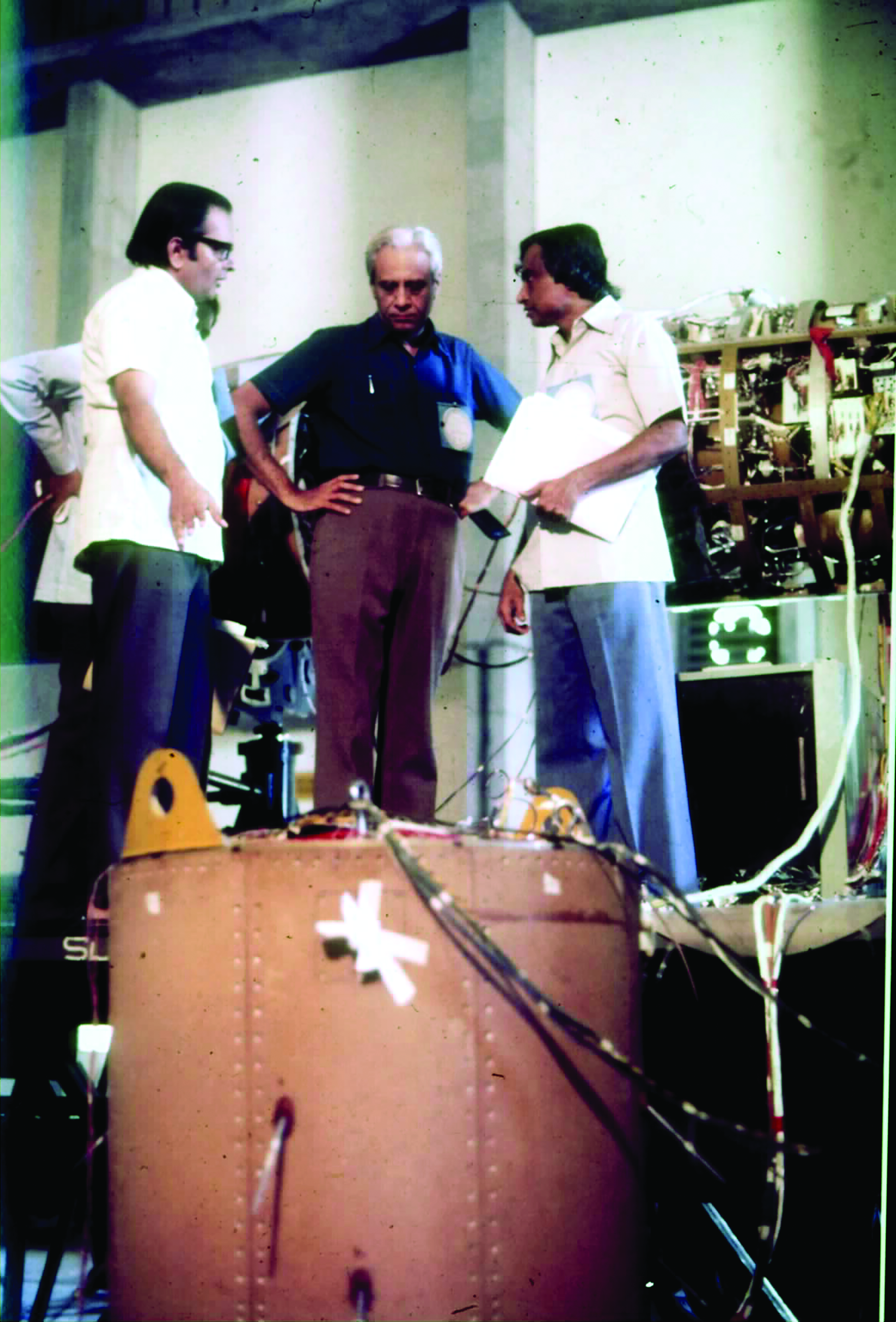
5. The SLV-3
The SLV-3 was the only launch vehicle of ISRO that was horizontally integrated and then hauled up into the vertical position before launch. Here is a snapshot of the process.

One of the book’s authors, Dr Manoranjan Rao, recalls the SLV-3 mission as the most exciting project to work on when he joined ISRO. He worked on lightning protection for the rocket and electrostatic charging.
“When ISRO decided to develop the SLV-3, no one in ISRO knew anything worthwhile about launch vehicles. The supporting infrastructure was abysmal,” Dr Manoranjan Rao tells The Better India, “But there was an intellectual ferment and camaraderie among people.”
6. UR Rao with Rakesh Sharma and Ravish Malhotra
It was under the leadership of UR Rao that India’s first satellite, Aryabhata, was designed, fabricated, tested, and launched – all in 31 months.
Here he is seen sharing a moment with Indian cosmonauts Rakesh Sharma (centre) and Ravish Malhotra (left). Rakesh Sharma is the only Indian citizen to have travelled in space. But this will change soon with Gaganyaan, India’s first crewed spacecraft set to launch in 2021.

7. A Satellite on a Bullock Cart
In 1981, ISRO broke new ground with its very first geostationary satellite. It was a communications satellite called APPLE – Ariane Passenger Payload Experiment.
This photograph shows the APPLE satellite mounted on a bullock cart to provide a non-magnetic environment to figure out a communication problem.
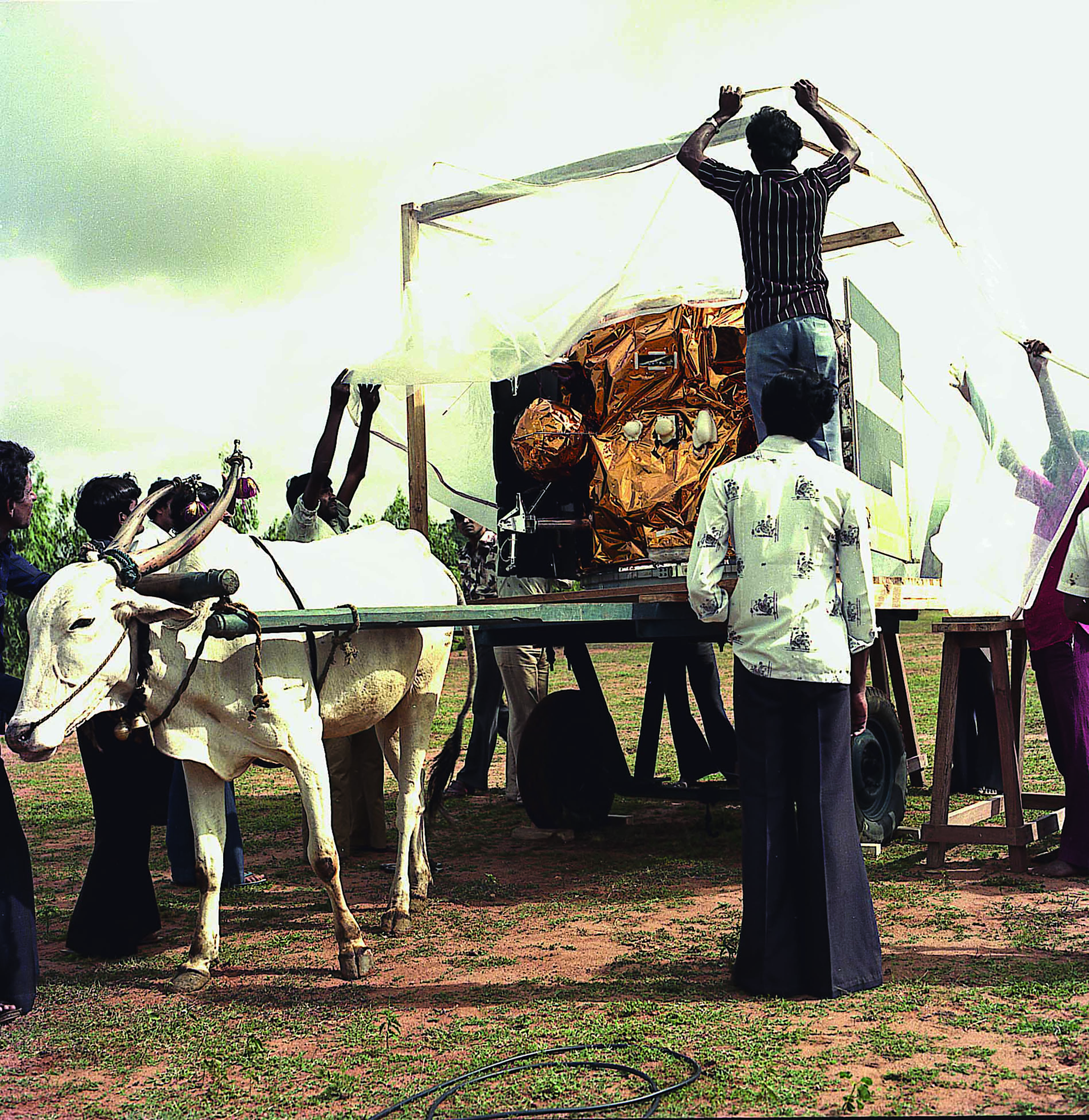
8. Electromagnetic Interference Testing
Fast forward to the current decade, ISRO now has many satellites under its belt, developed and tested using cutting-edge technology. One such satellite is SARAL, an Indo-French joint mission for studying oceans, launched in 2013.
This picture shows SARAL in a state-of-the-art EMI testing chamber.
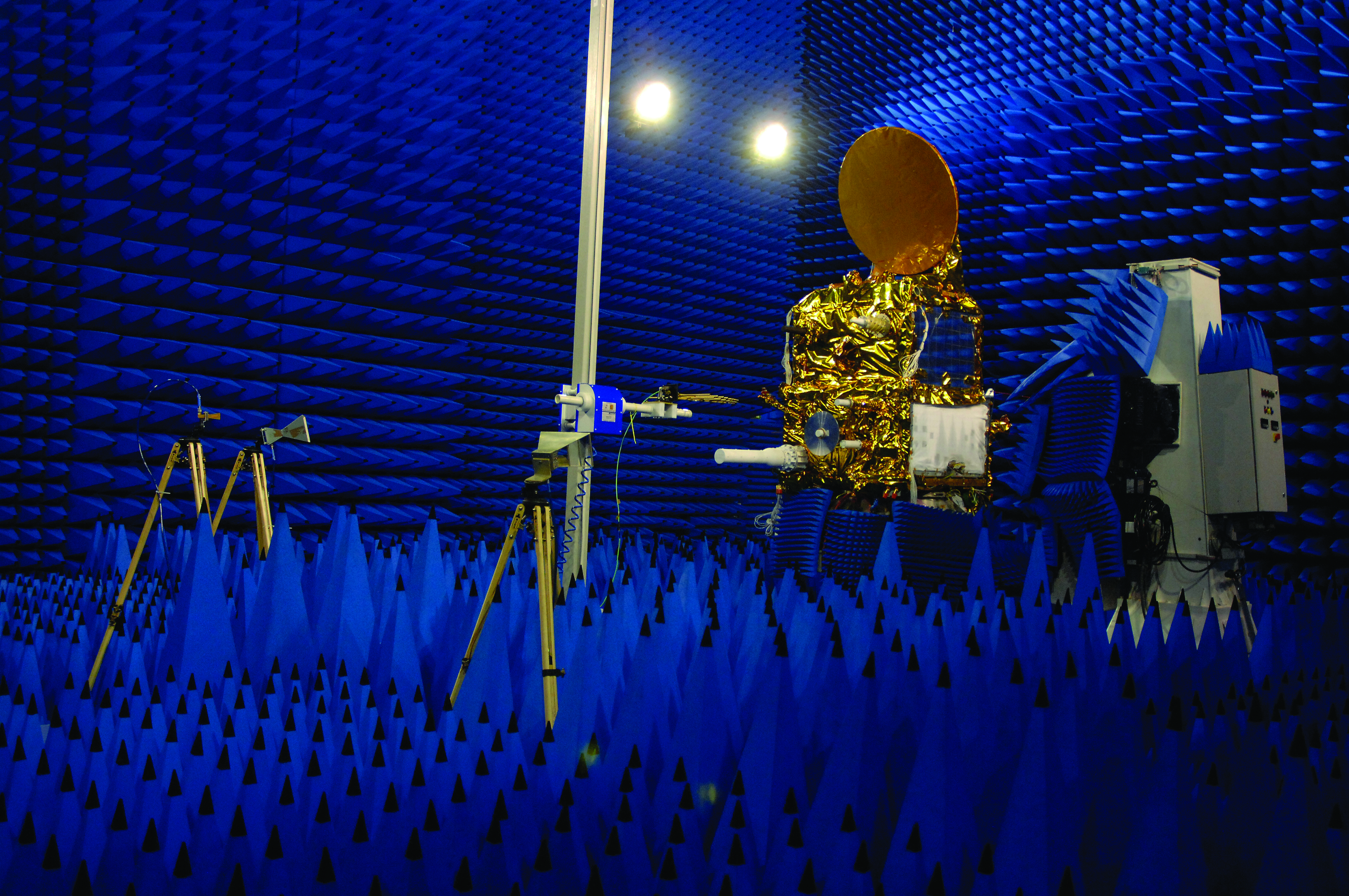
9. Mangalyaan
The world watched as ISRO made history on 24 September 2014. The Mars Orbiter spacecraft a.k.a Mangalyaan successfully entered the Martian orbit. India became the first nation to have achieved this in its very first attempt.
The rocket that launched Mangalyaan was the PSLV (the Polar Satellite Launch Vehicle).
In this photograph, we see Mangalyaan mounted on top of the PSLV, just before heat-shield closure. The heat shield protects the satellite from heating during the atmospheric phase of the rocket’s flight.
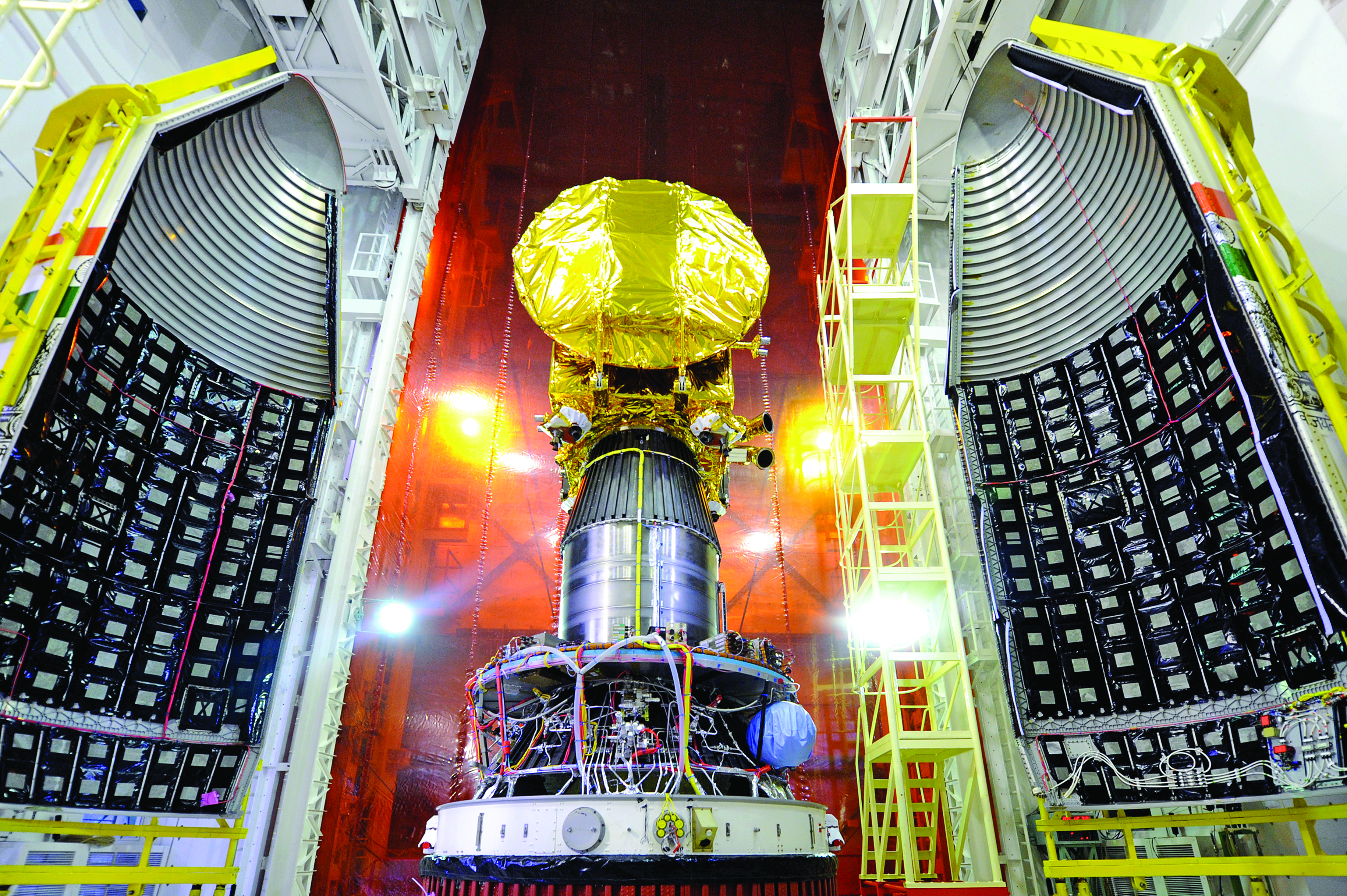
10. Celebrating Victories
Now, thanks to television and the internet, we get to participate in the excitement on launch days. Back in the day, the air was no less electric and the wins no less thrilling, if not more, as this photograph shows.
The ISRO team is seen celebrating the success of SLV-3 at the Duty Officer’s desk at Vikram Sarabhai Space Center.
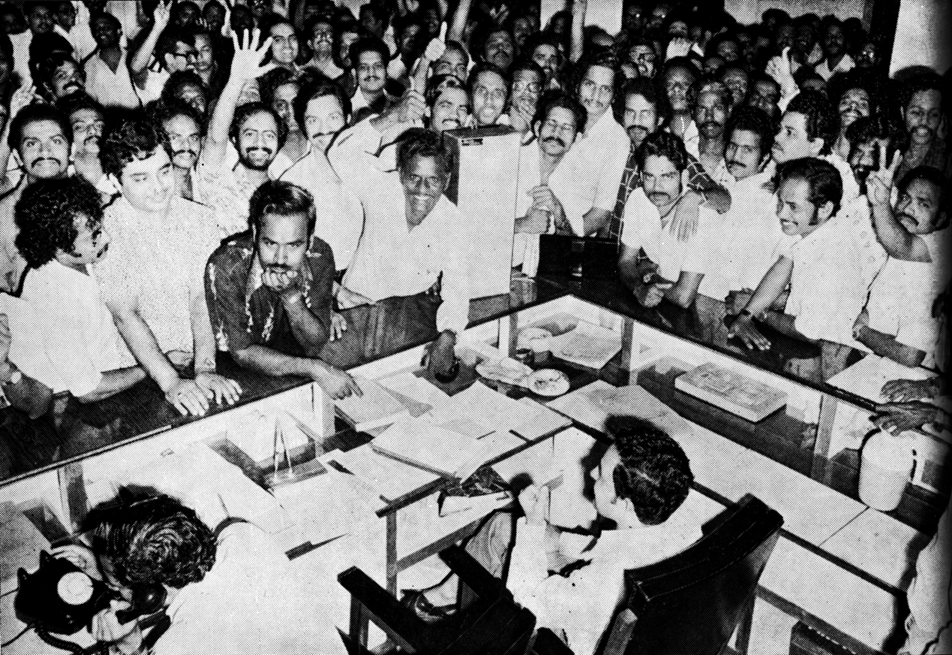
As for the future projects of ISRO, Dr Manoranjan Rao quotes Niels Bohr, “It is difficult to predict, especially the future!”
Here’s to many more unpredictable victories, celebrations, and milestones to come in India’s space story.
Also Read: ISRO Scientist Shares Stories of Working With Sarabhai, Kalam!
(Edited by Saiqua Sultan)
Like this story? Or have something to share?
Write to us: [email protected]
Connect with us on Facebook and Twitter.
If you found our stories insightful, informative, or even just enjoyable, we invite you to consider making a voluntary payment to support the work we do at The Better India. Your contribution helps us continue producing quality content that educates, inspires, and drives positive change.
Choose one of the payment options below for your contribution-
By paying for the stories you value, you directly contribute to sustaining our efforts focused on making a difference in the world. Together, let’s ensure that impactful stories continue to be told and shared, enriching lives and communities alike.
Thank you for your support. Here are some frequently asked questions you might find helpful to know why you are contributing?


This story made me
-
97
-
121
-
89
-
167











